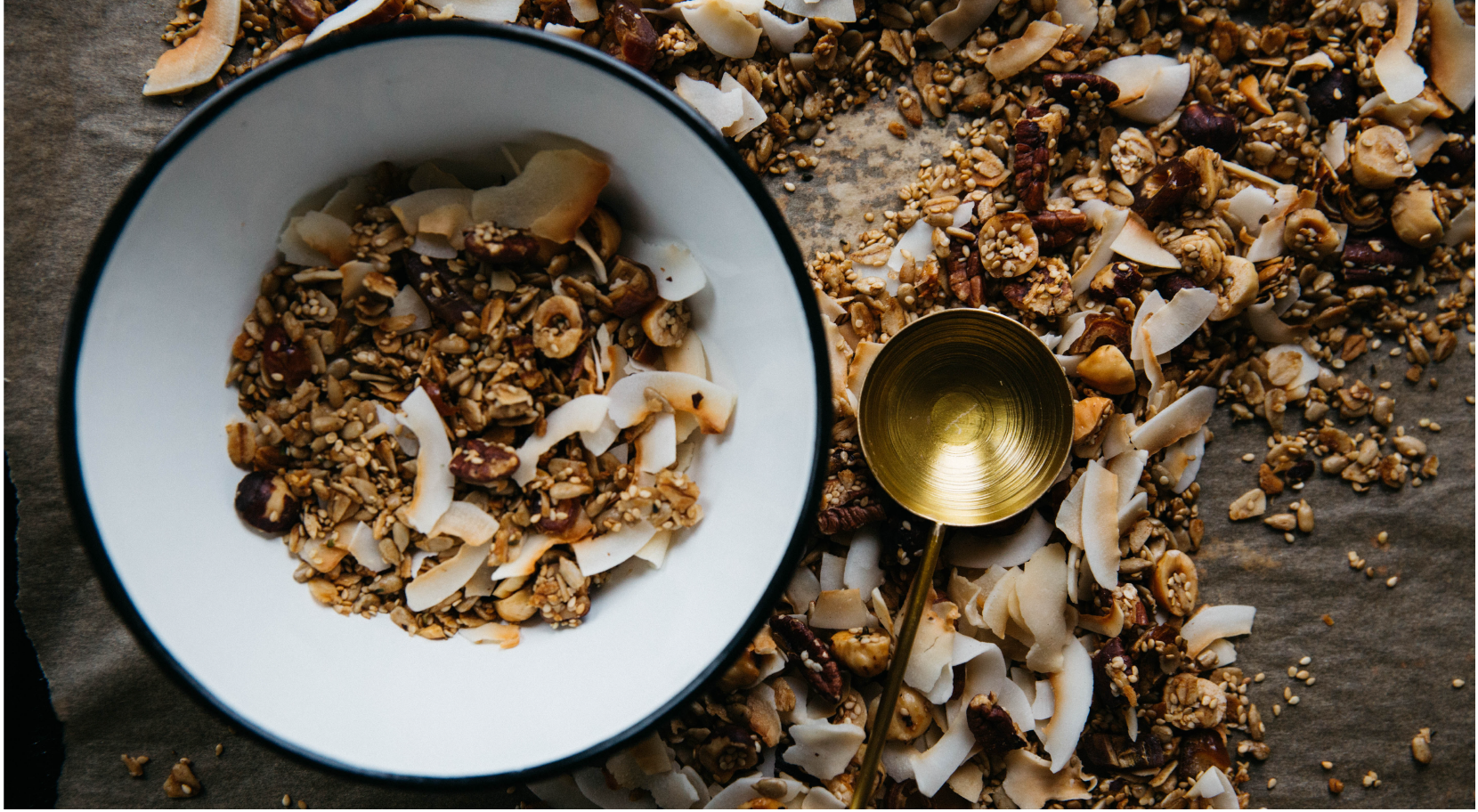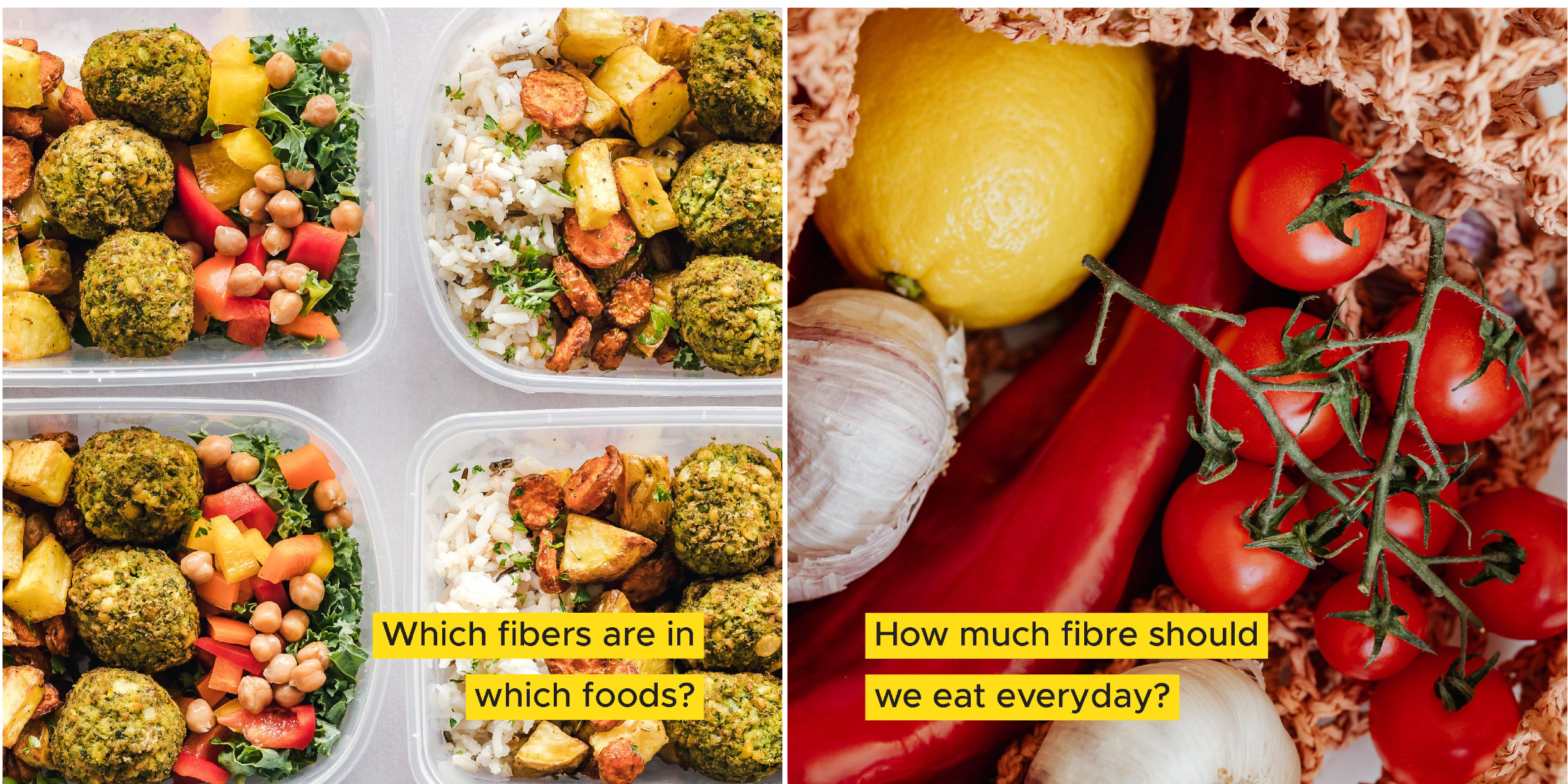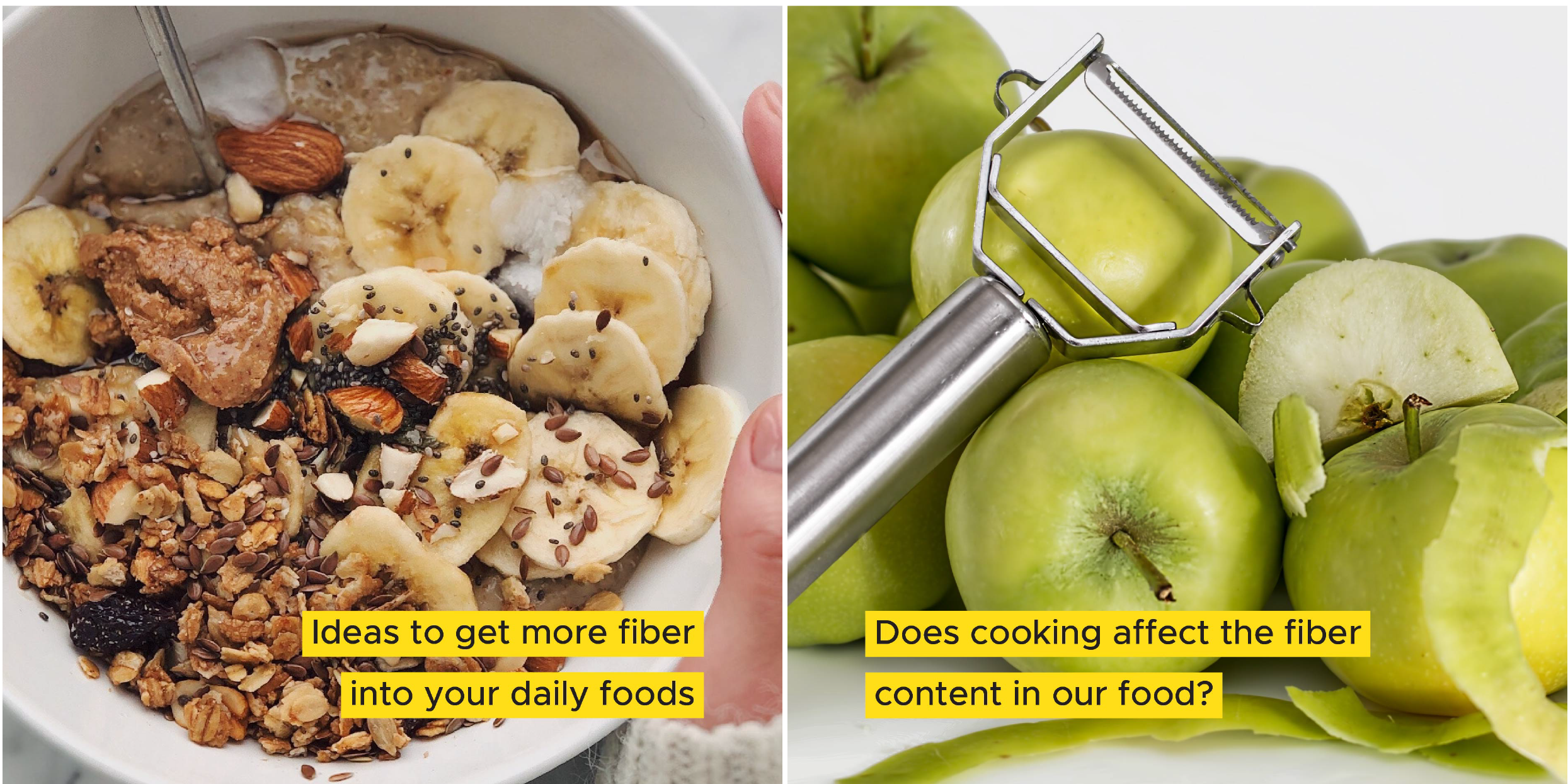Which fibers are in which foods?
Soluble fibers are widely available in beans, oats, citrus, apples, psyllium, nuts. Insoluble fibers are found in whole grains, legumes, carrots, cucumber, tomatoes and the peels and skin of fruits and vegetables. Before you get hung up on the classification, know also that most fiber-containing foods contain portions of both soluble and insoluble fibers. It’s more important to be consume sufficient amounts of fiber each day than worrying which type it is.
How much fibre is enough?
The recommended daily fibre intake for healthy adults is 25g. However, it’s not immediately clear what that looks like from the foods we consume. To get a third of your daily requirements, here are some portion sizes for reference; 1 cup raspberries, ½ cup navy beans, 85g tempeh, 1 large pear, 1½ cup broccoli, 2 cup spinach, ? cup cooked chickpea, 2 medium apples. |





